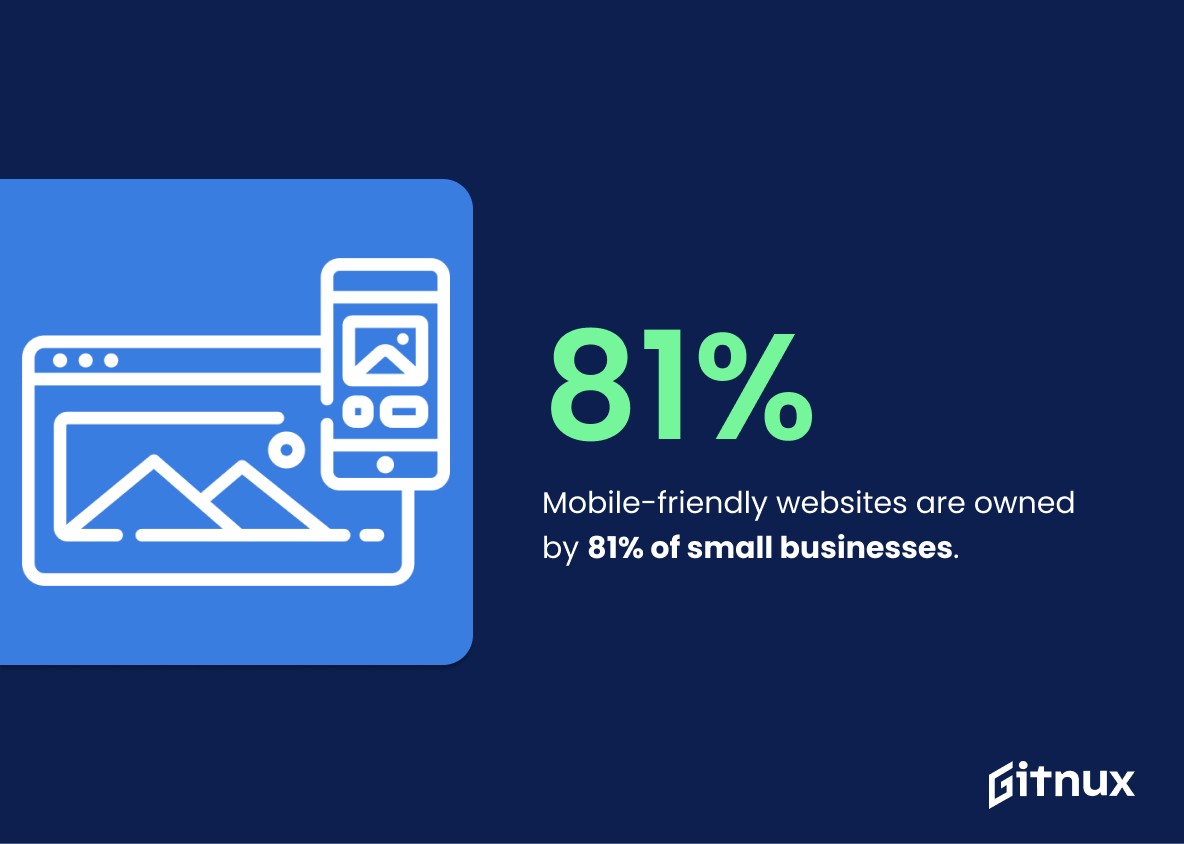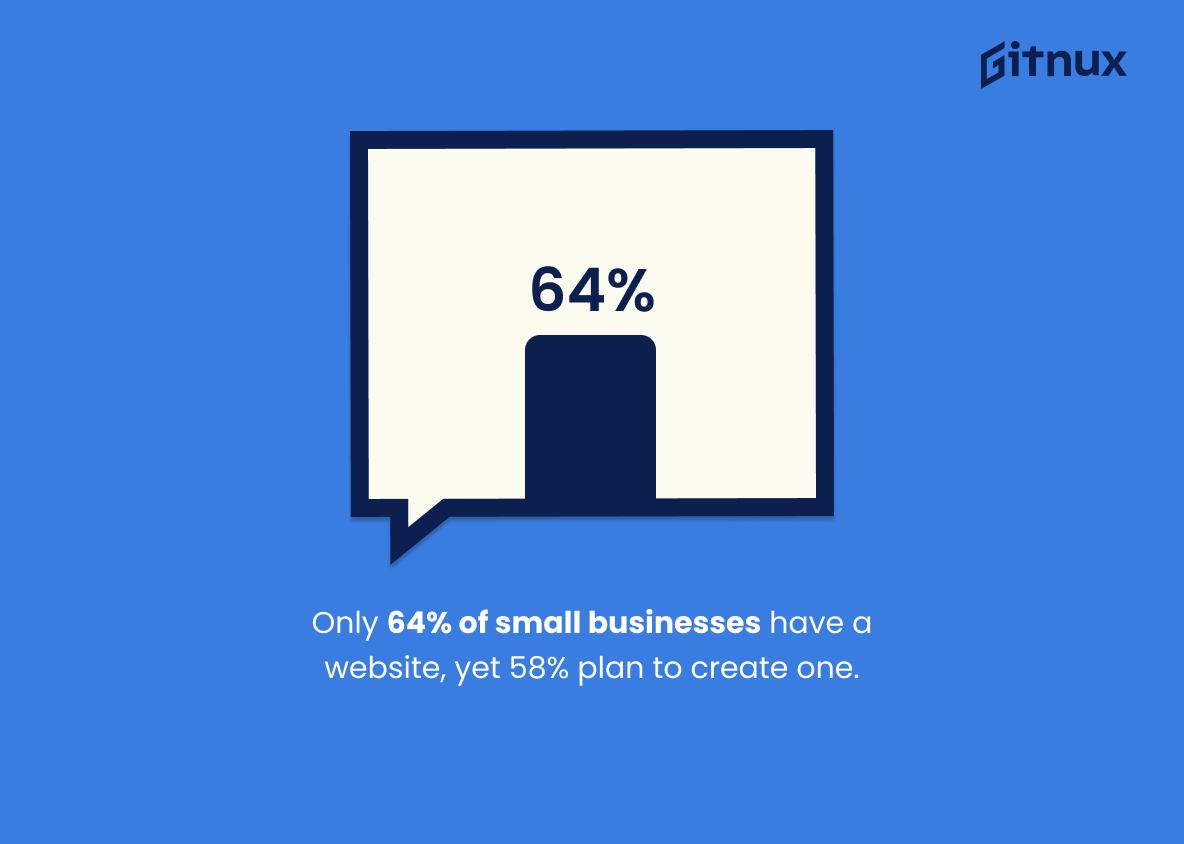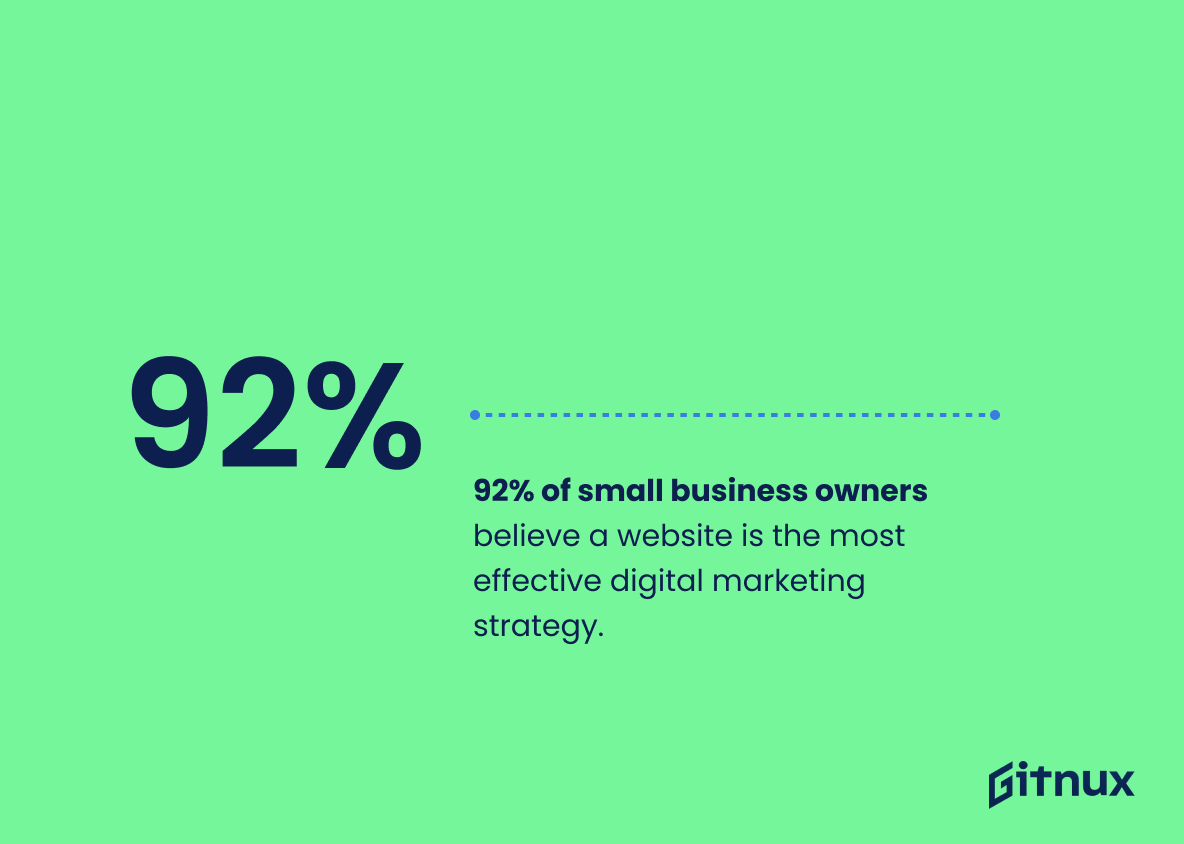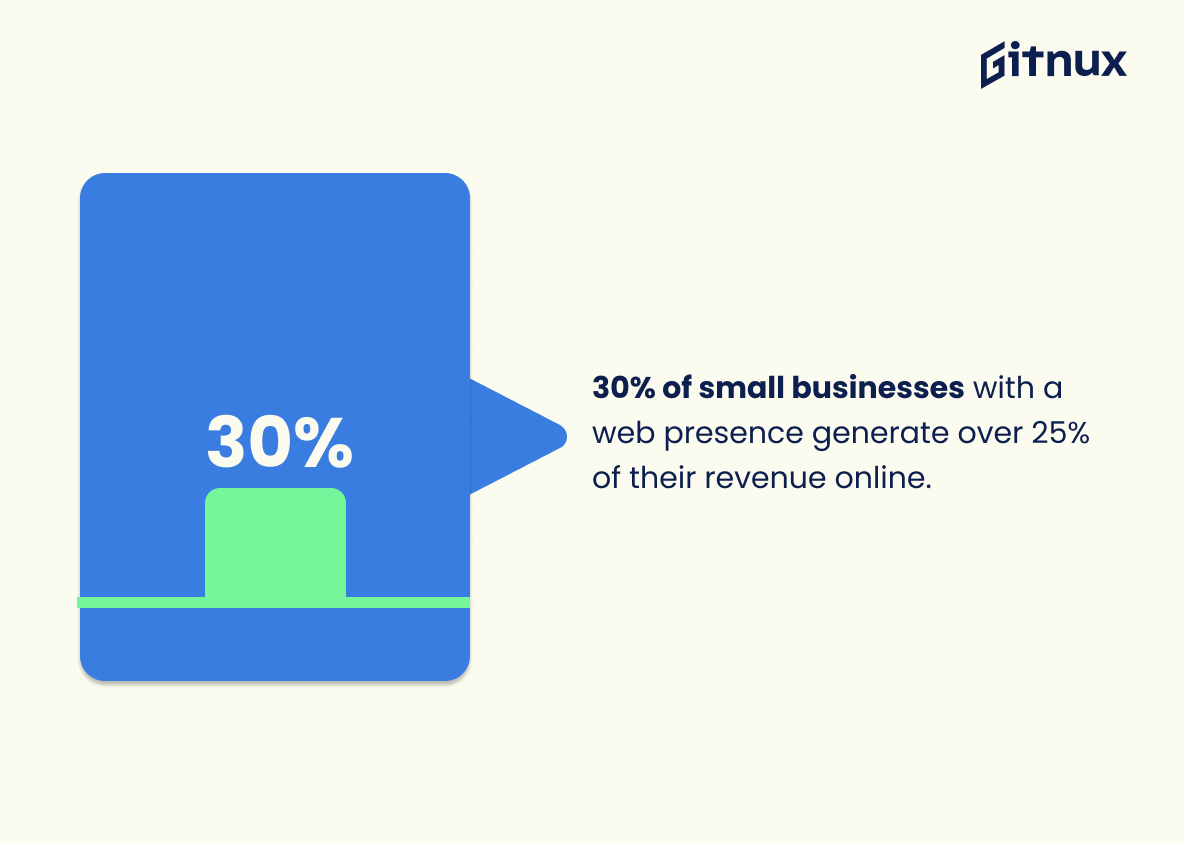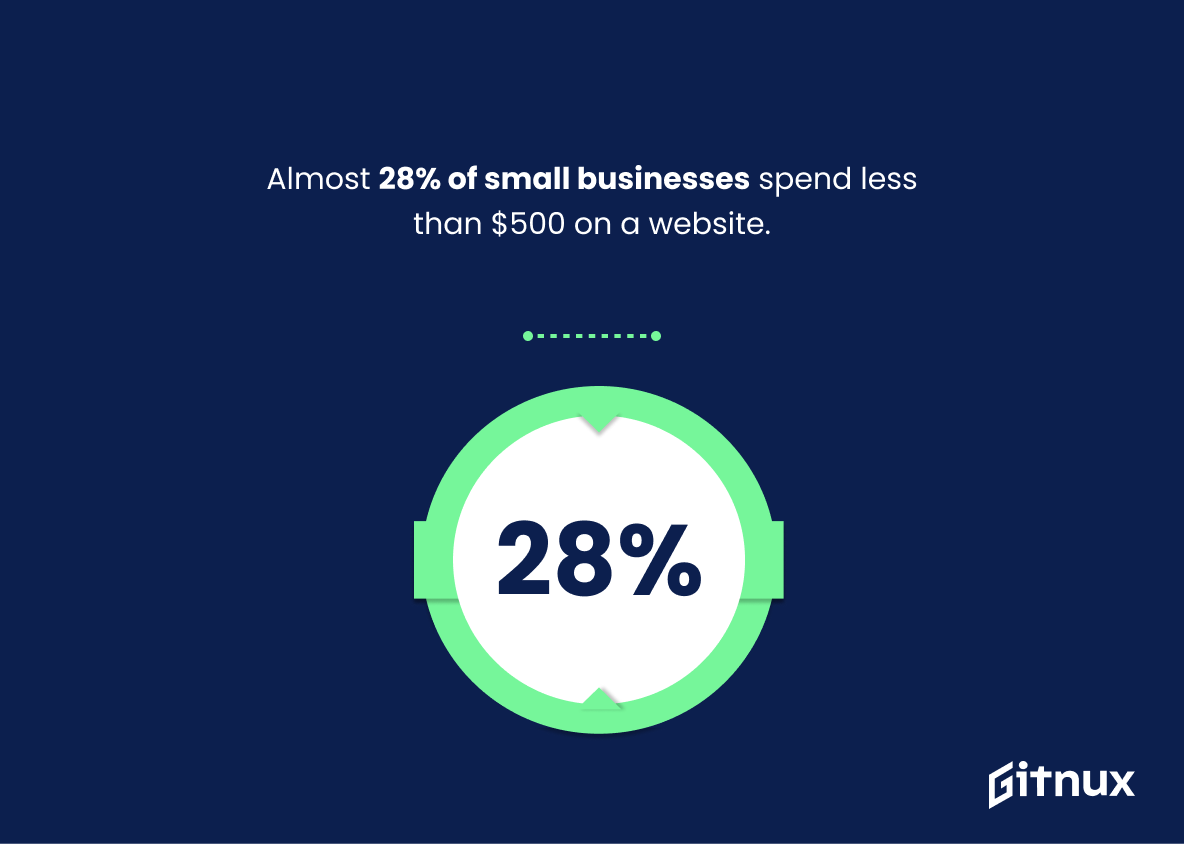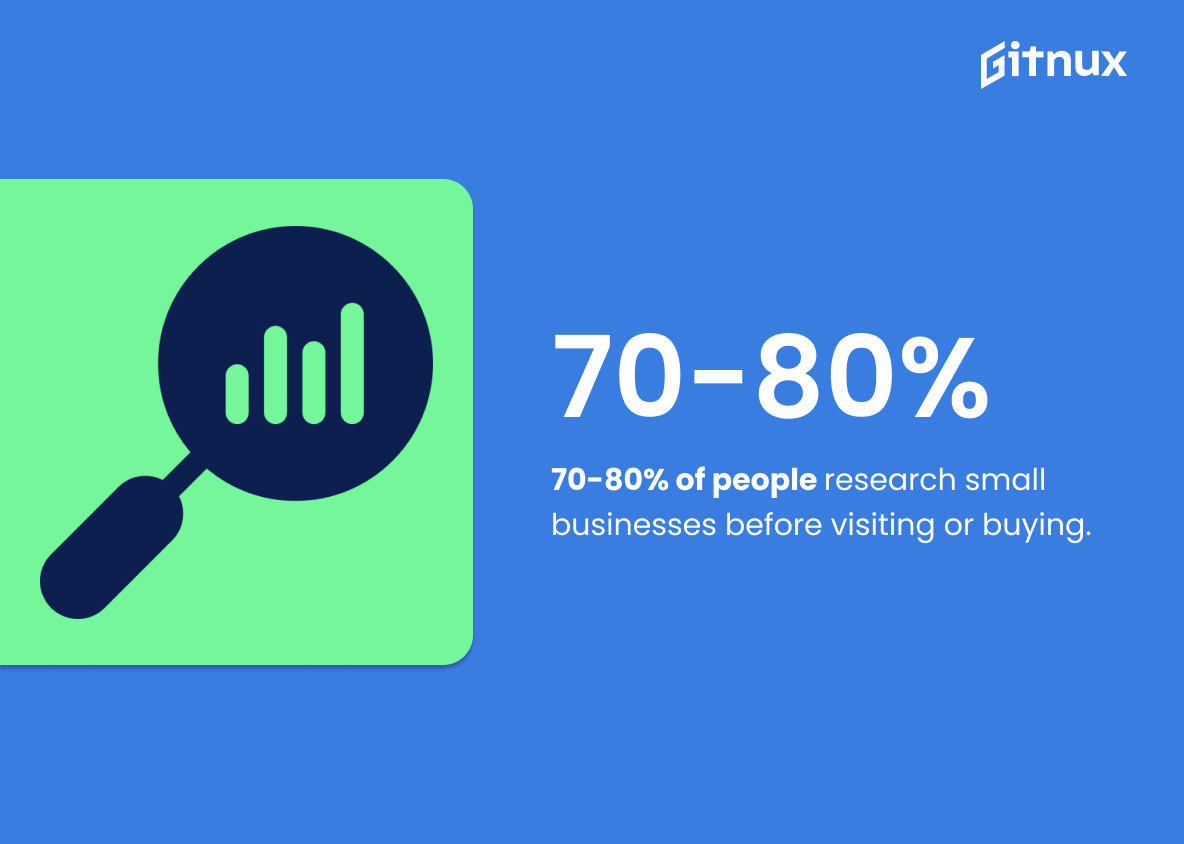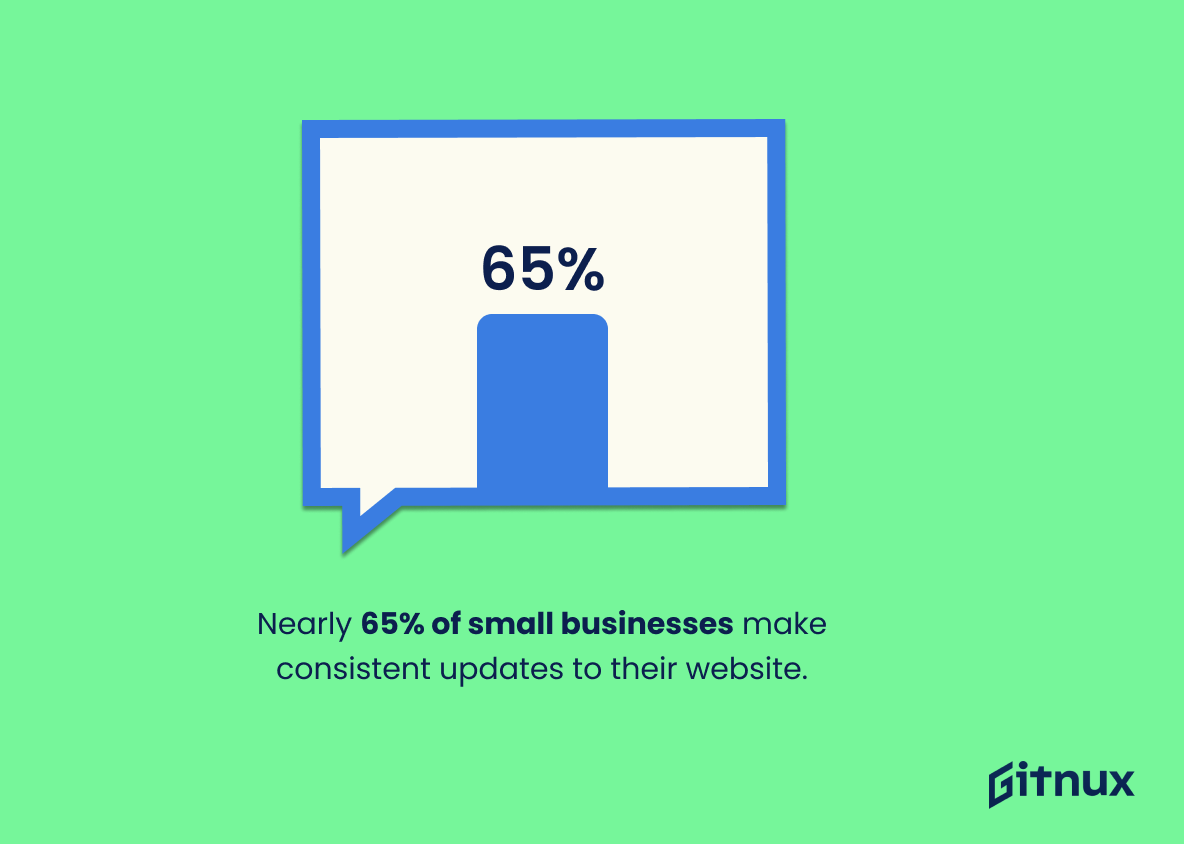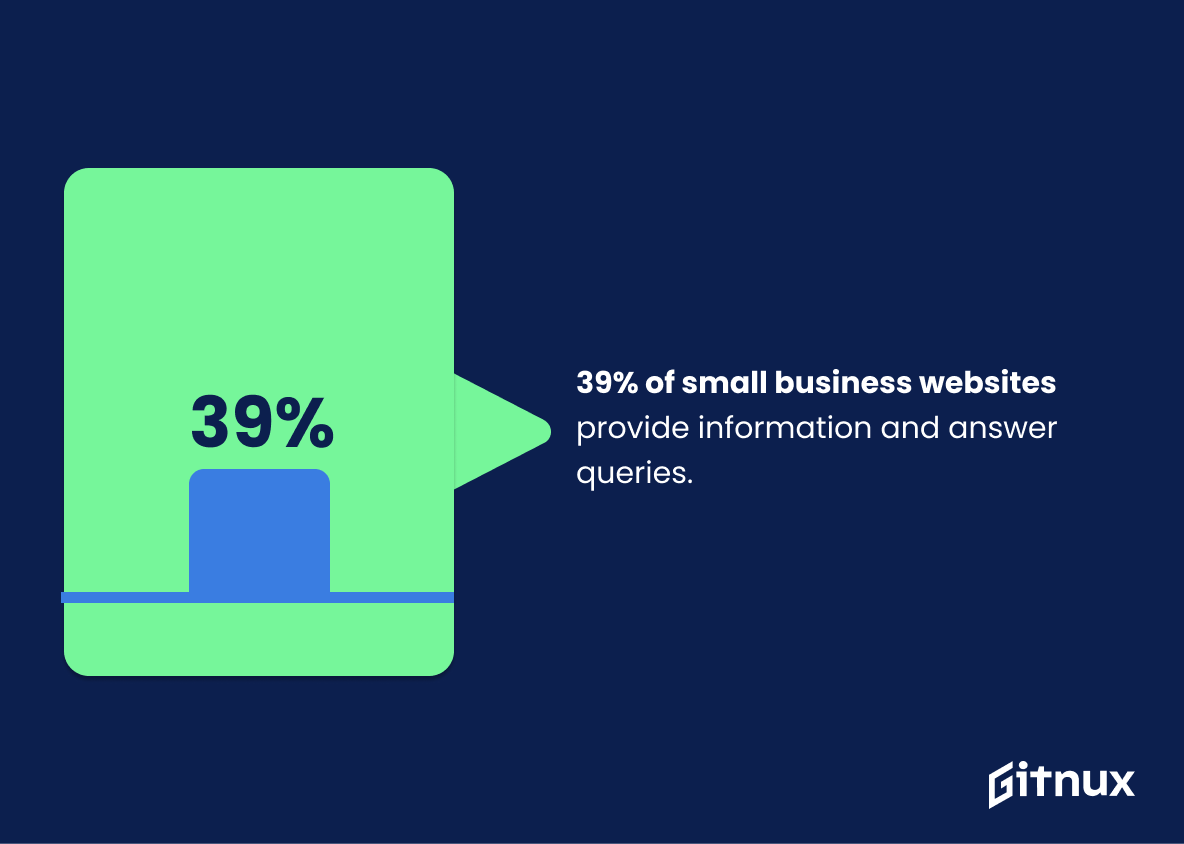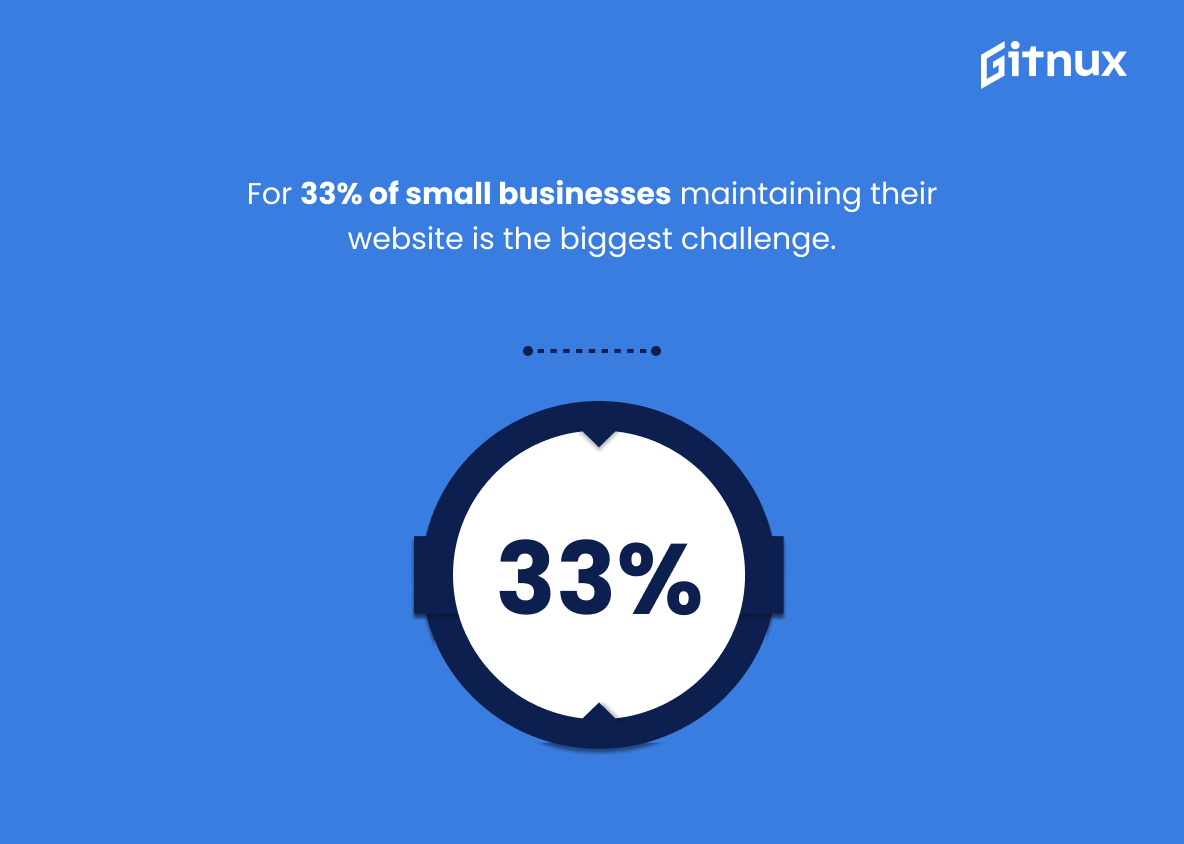In the digital age where the internet rules supreme, it’s become imperative for small businesses to establish a robust online presence. A website acts as the digital storefront, making a business accessible to a wider audience and boosting its credibility. Regardless of size and industry, a website has a significant role to play in the business’s success. But what’s the reality on the ground? How many small businesses have adapted to this trend and how many are still lagging behind?
In this comprehensive blog post, we delve into the whirlwind world of small business website statistics. We’ll unpack insightful data on website ownership, design trends, user experience, e-commerce, mobile optimization, SEO, and much more. Strap yourselves in as we take a statistical journey into the heart of small business websites.
The Latest Small Business Website Statistics Unveiled
Mobile-friendly websites are owned by 81% of small businesses.
Diving into the realm of small businesses, one cannot overlook the prevalence of mobile-friendly websites. When you consider that a staggering 81% of these ventures flaunt websites designed with an agile, mobile-first approach, you quickly grasp the magnitude of this trend. These figures shine a spotlight on the digital realities small business owners have shrewdly recognized and adapted to.
This snippet of data illustrates the kaleidoscope of opportunities that mobile-friendly platforms offer, ranging from increased engagement, higher conversions, to improved customer experience. Essentially, this serves as a bellwether for the rising dominance of mobile browsing in the business arena, underscoring the urgency for those lagging behind to revamp their strategies and embrace this digital transformation.
Only 64% of small businesses have a website, yet 58% plan to create one.
Delving into the realm of small business website statistics, there’s a dynamic dialogue happening right beneath the surface. Only 64% of small businesses currently maintain a website — a digital interface that’s virtually become a requirement in the modern economy. Additionally, 58% have set their sights on creating a web presence. This points towards a looming shift in professional realities.
Small businesses are recognising the power and necessity of an online presence to connect with customers, maximize their market reach, and drive success in the ever-evolving digital world. Projected forward, this could hint at possible saturation of businesses online, making it crucial for companies to invest in website development and optimization now, for effective future relevance and competition.
92% of small business owners think that having a website is the most effective digital marketing strategy.
Diving into the realm of small business website statistics, it’s intriguing to unearth that a hefty 92% of small business owners assert that owning a website is the epitome of effective digital marketing strategies. Signal this fact as a beacon in the digital marketing landscape. Empowerment in the digital world, it implies, can be largely accredited to having a digital storefront – a website.
Several strings of thoughts echo from this statistic, each reverberating with its own implications. Firstly, the number demonstrates that a business website isn’t just a high-trend accessory, but an essential tool that the majority of small businesses rely on for marketing. In the fast-paced era where screen-time predominates, audiences are more likely to be captivated online, making the role of a website instrumental for capturing and retaining customers.
Additionally, this statistic strides ahead, reflecting on the confidence that small business owners place on websites. It brilliantly underscores the perception of websites being reliable platforms to appraise services/product credibility, boost brand image, foster customer connection, and drive sales growth.
Thus, in the grand chessboard of digital marketing, this statistic underpins a website’s role as an irreplaceable queen, holding immense power and versatility, maneuvering the digital battles of small businesses.
About 30% of small businesses with a web presence generate more than 25% of their revenue online.
This enlightening statistic underscores the substantial digital potential for small businesses. With nearly a third of small enterprises with an online presence reaping over a quarter of their total revenues off the internet, it sends a potent message. In a digital age where the footprint of e-commerce is only expanding, dipping small businesses toes into the vast ocean of online opportunities can be a game-changer.
Not only does it unveil new revenue streams, but it also fosters brand expansion, reaches a broader audience, and enhances customer engagement. Consequently, this data nugget serves as motivation, encouragement, and vision for small businesses to embrace digital transformation wholeheartedly, harnessing the immense power of cyberspace in the quest for prosperity and growth.
Almost 28% of small businesses spend less than $500 on a website.
Shining a spotlight on this fascinating figure, we see that nearly 28% of small businesses allocate less than $500 on their website development. This revelation undeniably holds a mirror up to the wider economics of the digital landscape for small enterprises. By underscoring the constraints and commitments that small businesses face, it unearths a gold mine of insights for those venturing into this space.
It signals a need for affordable, high-quality website solutions for small businesses, and showcases a potentially underserved market with immense opportunities for developers who specialize in budget-friendly digital products. As you quarry deeper into the realm of small business website statistics, keep this illuminating nugget tucked in your knowledge arsenal.
70-80% of people research a small business before visiting it or making a purchase.
This intriguing statistic uncovers an untold story of modern consumer behavior, validating the significance of online presence for small businesses. In the realm of the digital age, potential customers become researchers, exploring the depth and details of a small firm before stepping in its physical or virtual store. Thus, it’s imperative for small businesses to cut through the noise, make a distinctive mark, and satisfy this 70-80% inquiring group. Providing relevant, accessible, and convincing online data about their business can invite more explorers over the threshold and convert their visits into purchases.
No one can deny the sway of a strong digital footprint shaped by well-designed, informative, and user-friendly small business websites. So, integrating this potent statistic into your blog post sets the stage – underlining the paramount importance of an effective website in capturing the interest of this significant percentage of pre-shopping detectives. Not only does this showcase the pivotal role played by small businesses in the digital marketplace, but it also prompts them to reevaluate and invigorate the horsepowers under their website’s hood.
Nearly two-thirds (65%) of small businesses make consistent updates to their website.
Unveiling the hidden power of this statistic, it illuminates the active involvement of small businesses in maintaining their digital presence. It reflects an emerging trend in the realm of small businesses: the conscious effort to keep their websites up-to-date. In a blog post about Small Business Website Statistics, this fact is a revealing indicator of how many small businesses understand the value of a fresh, dynamic, and responsive website.
As they continuously update their websites, it’s fascinating to see that they’re not just considering it as a one-time setup but rather an ongoing project. More frequent updates suggest those businesses are addressing trends, responding to feedback, improving user experience, and ensuring relevancy, effectively driving customer engagement and, potentially, revenue growth.
Close to 50% of small businesses believe SEO to be the most powerful method for an online presence.
The aforementioned statistic paints an intriguing picture when read in the light of a blog post talking about small business website statistics. Beneath the surface of this invaluable information lies a deeper revelation. Almost half of all small businesses appear to perceive SEO as the prime mover in cultivating a commanding online presence. This implies that strong efforts, commitment and resources are likely being channeled towards mastering the algorithms of prominent search engines to ensure visibility and exposure.
This insight should make any reader ponder about the immense role SEO plays in commercial activity online, especially for small businesses looking to leave sizable footprints in the digital world. It underscores the importance of understanding, implementing, and staying up-to-date with SEO best practices in an increasingly competitive and rapidly evolving digital marketplace.
39% of small businesses with a website use it to provide information and answer customer queries.
Delving into the ocean of small business website statistics, we strike a compelling discovery – 39% of small businesses harness their website as a hub for disseminating information and addressing customer inquiries. In essence, this metric underlines the crucial role that digital platforms play in fostering an information-rich customer experience.
It’s a revelation of how small businesses are shrewdly leveraging technology to amplify customer engagement, possibly leading to enhanced customer satisfaction and brand loyalty. Moreover, it offers a sound reason for businesses eschewing digital platforms to rethink their approach. Indeed, this percentage beckons with an opportunity for businesses to innovate, enhance customer interaction, and cultivate an efficient digital customer service strategy.
For 33% of small businesses maintaining their website is the biggest challenge.
In the digital age, the importance of a strong online presence cannot be overemphasized. When considering small business website statistics, it’s noteworthy to underscore that a whopping 33% of small businesses cite maintaining their website as their most formidable challenge.
This is a vivid indication of the labor and intricacy involved in keeping a website updated, visually appealing, and user-friendly. More than just a virtual storefront, a website can be a critical reflection of a business’s identity and professionalism, hence the difficulty for a third of small businesses.
In a blog post focusing on small business website statistics, delving into this struggle could provide valuable insights to fellow businesses who might be experiencing the same issues. It could also be instrumental in guiding web-development or consulting firms to tailor their services and solutions specifically to meet these needs. This aspect further highlights the comprehensive efforts that must be made to optimize small business websites – a significant concern not just for the 33% but, indeed, for all striving for growth in the competitive digital landscape.
22% of small businesses update their websites less than once a month.
Delving into this intriguing figure reveals an impactful trend lurking in the small business landscape. A startling 22% of small businesses refresh their websites less than once a month. Just imagining the missed opportunities for customer engagement, search engine optimisation and content marketing from this under-utilisation of their digital front door is enough to send any marketing expert into a frenzy.
In a world where up-to-date content is an indispensable factor for a strong online presence, this uncovers a lurking potential for businesses to amplify their growth, if only they marched to the beat of frequent website updates.
Almost 80% of small businesses believe that their website design is above average.
Drilling down into the heart of small business dynamics, this compelling statistic reveals an intriguing sense of optimism or perhaps overconfidence. Highlighting that close to 80% of small businesses rate their website design as above average, one is led to the fascinating intersection of self-perception and reality. Unveiling a key psychological component in business operations, this figure serves as a dramatic eye-opener in a blog post about Small Business Website Statistics.
It instantly prompts the reader to question their own business’s stance. Is their website truly above average or is it an illusion of high self-regard, thereby providing a platform for deep, introspective analysis about their online presence.
Conclusion
Having a comprehensive understanding of small business website statistics can drastically improve your digital presence and outperform competitors. The stats clearly indicate the essential role that a website plays in enhancing visibility, boosting customer trust, and driving sales. It is no longer a luxury but a necessity for every small business to invest in a user-friendly, mobile-optimized website to attract the growing online consumer base.
By not only being aware of these figures but also leveraging them in your digital strategy, small business owners can significantly improve their online success. Always remember, your business may be small, but your impact online can be immense.
References
0. – https://www.www.bluecorona.com
1. – https://www.www.business.com
2. – https://www.w3-lab.com
3. – https://www.www.statista.com
4. – https://www.99firms.com
5. – https://www.seranking.com
6. – https://www.www.vistaprint.com
7. – https://www.themanifest.com
